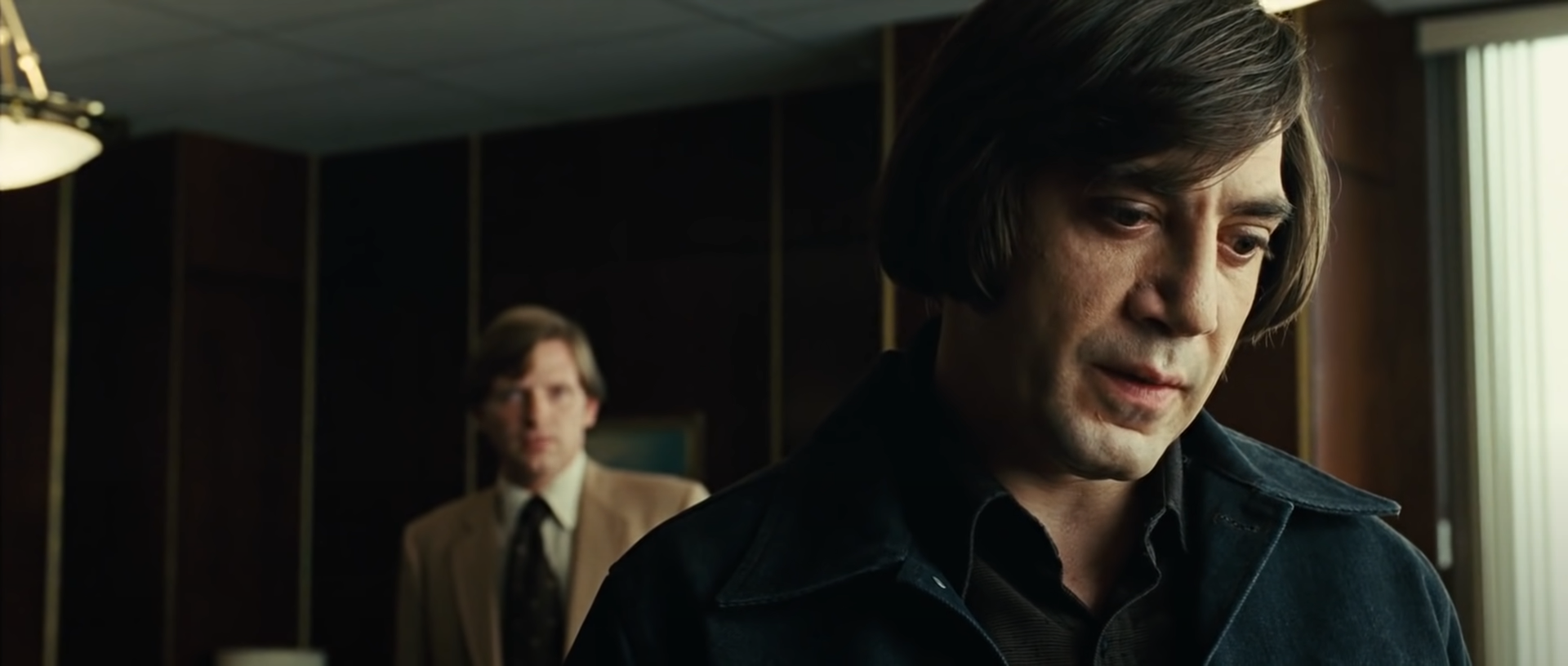Meet Thomas Bowdler
/Last week, in writing about efforts to cleanse the work of Agatha Christie and other dead authors of language and elements that modern people find offensive, I described just such a sanitized edition of one of her novels as bowdlerized. I tried to work in an explanation of that term but it was beside the point and that post was already long enough. But I’ve been thinking about it since then.
Given the way the words censor, censored, and censorship arouse a lot of word games and linguistic dodging among the people who want to vandalize dead writers’ work (“No one is being censored, you ninnies”), bowdlerize, bowdlerized, and bowdlerization may be precisely the right words for our time.
The Bowdler at the root of these terms is the English physician Thomas Bowdler (1754-1825) and his sister Henrietta. There is apparently some historical and literary critical debate about which of them is more responsible for the kind of work we know as bowdlerization, but it’s indisputable that they worked as a team. Their project? The Family Shakspeare [sic], a complete library of Shakespeare’s plays with all the impropriety taken out. The Bowdlers not only cut strong language, religious oaths, blasphemy, sexual allusions and themes, Shakespeare’s numerous and legendary dirty puns, and even entire characters, but took it upon themselves to improve unhappy endings like that of King Lear or change major plot points like Ophelia’s suicide in Hamlet, which in their edition became an accident. Bowdler having also removed all the sexual references from Othello, one wonders how the reader would know what was going on, what was at stake, or why everyone was so upset.
Bowdler published the Family Shakspeare under his own name in 1818 and became a byword for prudery even in his own lifetime. His was the kind of project we moderns might knowingly chuckle at. Certainly, whatever other problems we have today, we view ourselves as above this kind of thing.
I submit that we are not. Here’s how Bowdler advertised his tidied up Shakespeare:
THE FAMILY SHAKSPEARE: in which nothing is added to the original Text: but those words and expressions are omitted which cannot with propriety be read aloud in a Family. By THOMAS BOWDLER, Esq. F.R.S. and S.A. “My great objects in this undertaking are to remove from the writings of Shakspeare, some defects which diminish their value; and, at the same time, to present to the public an edition of his Plays, which the parent, the guardian, and the instructor of youth may place without fear in the hands of the pupil; and from which the pupil may derive instruction as well as pleasure; may improve his moral principles, while he refines his taste; and without incurring the danger of being hurt with any indelicacy of expression, may learn the fate of Macbeth, that even a kingdom is dearly purchased, if virtue be the price of acquisition.”
There’s a lot going on here, not the least of which is Bowdler’s bluntness in describing his cuts as “remov[ing] . . . defects which diminish [the plays’] value” and his clearly instrumental, pragmatic view of what literature is for. (Note the language of “value.”) And it is clear from his remarks on the moral of Macbeth that Bowdler, like those who think you can have Christie while cutting a bunch of Christie’s words, thinks that there is something hidden in Shakespeare that you can still get without the “defects.” But what caught my eye was the phrase “without incurring the danger of being hurt.”
Or, as we might say in these enlightened times, avoiding and preventing harm.
Harm is the modern bogeyman. The specific perceived threats have changed—a culture as vulgar and perverse as ours mocks at the very idea of “indelicacy of expression” but is puritanically fastidious about transgressions against ethnicity, race, sexual preference, and even obesity—but the intent, the method, and the fundamental prudishness is the same. So is the result: works published and sold under an author’s name that cannot truthfully be said to be that author’s.
Bowdlerize most precisely names the moralistic, artless, destructive impulse to “fix” the “defects” of someone else’s work, and I hope it reenters our lexicon for more widespread use. Maybe then our present literary vandals can rediscover the one virtue the Bowdlers had that they manifestly do not—shame.
You can read more about Thomas and Henrietta Bowdler at Middle Tennessee State’s First Amendment Encyclopedia here and at Smithsonian here. I recommend both pieces. I had planned to open this post with my own first experience discovering that a favorite text had been bowdlerized, but I’ll save that for another time.





































